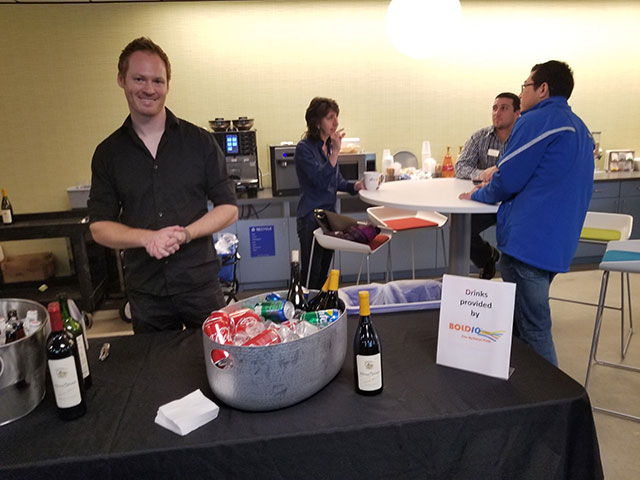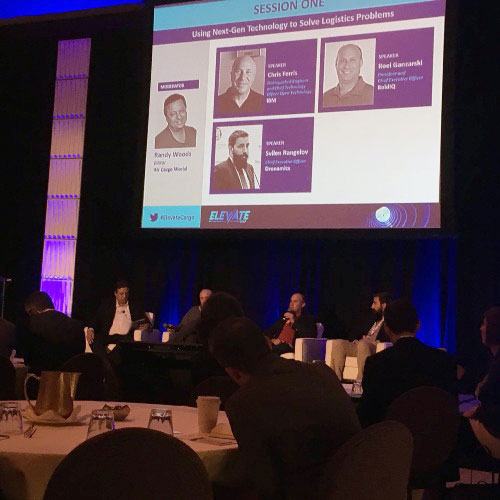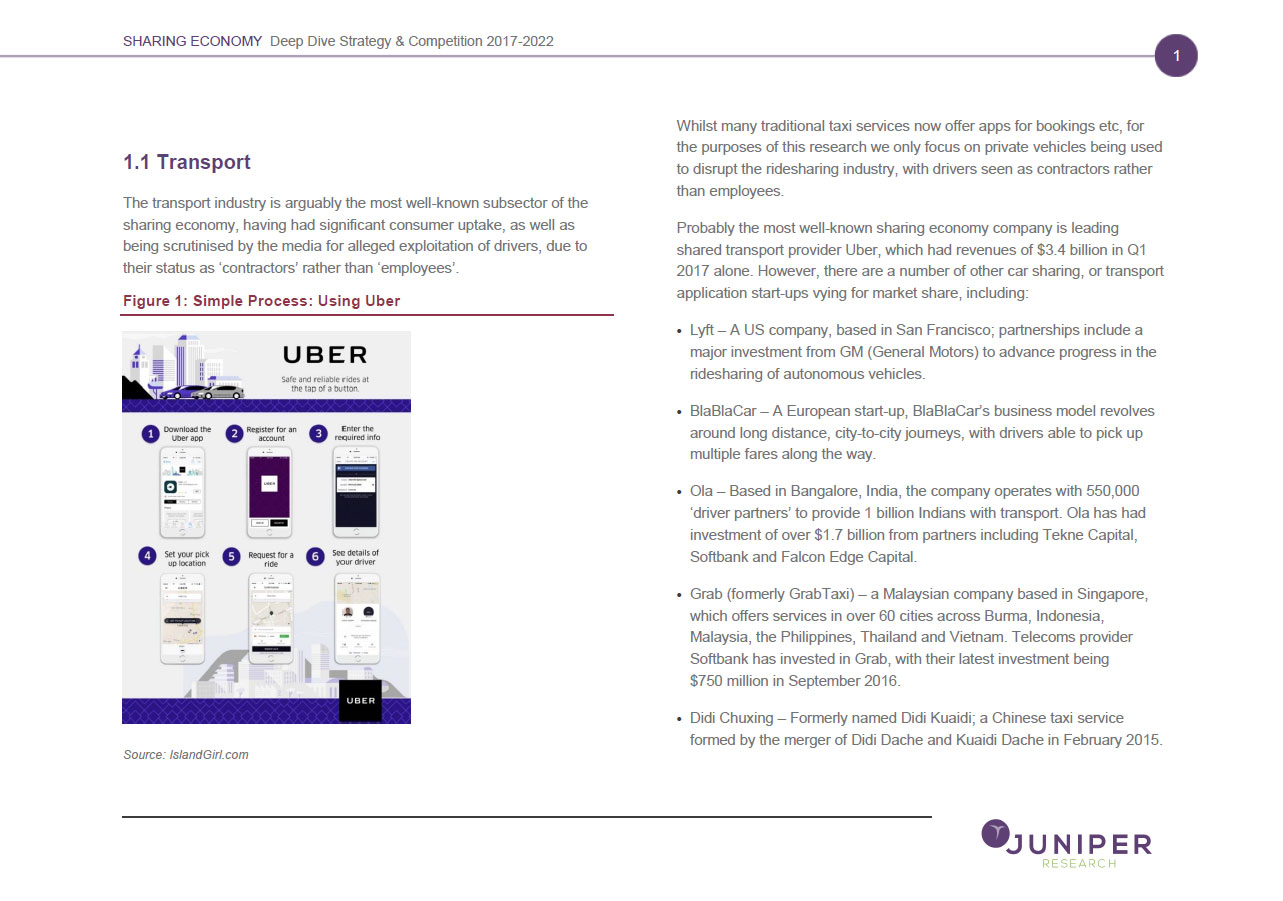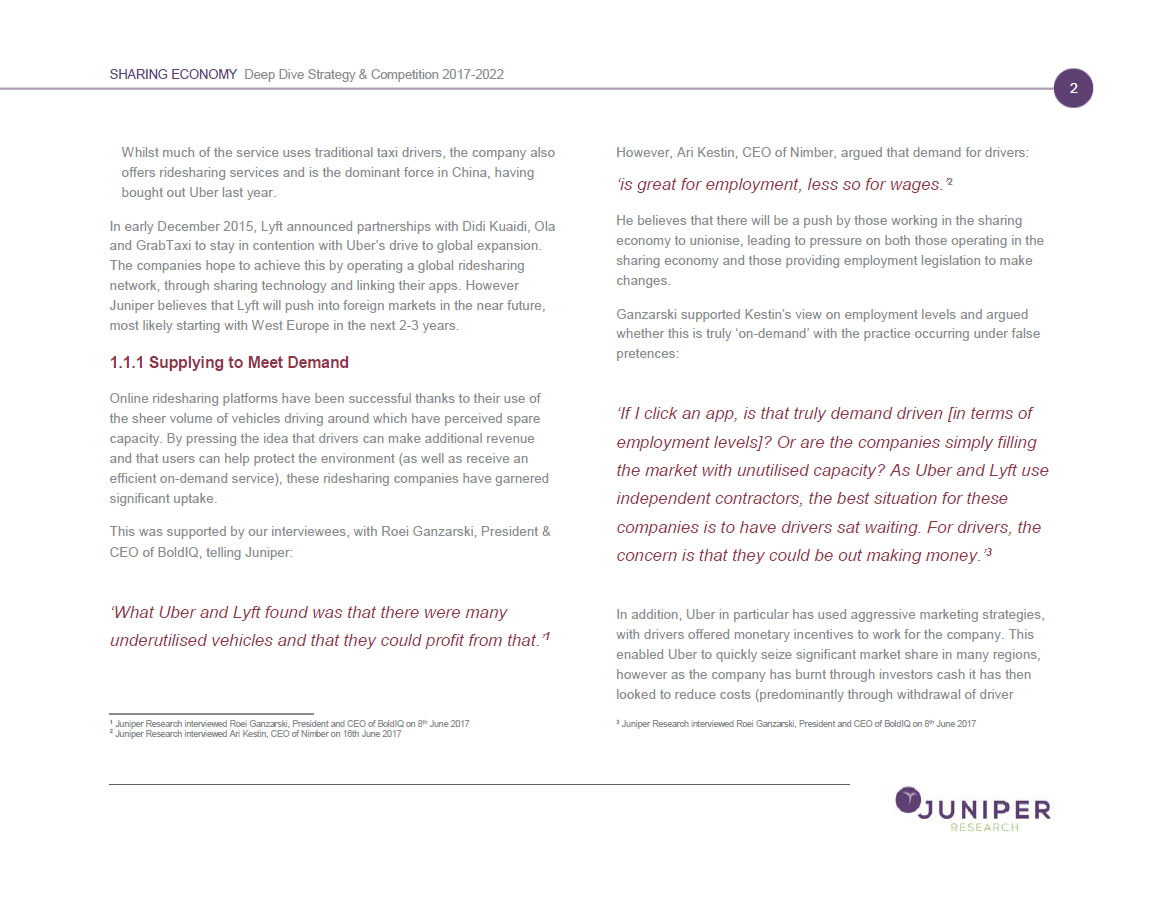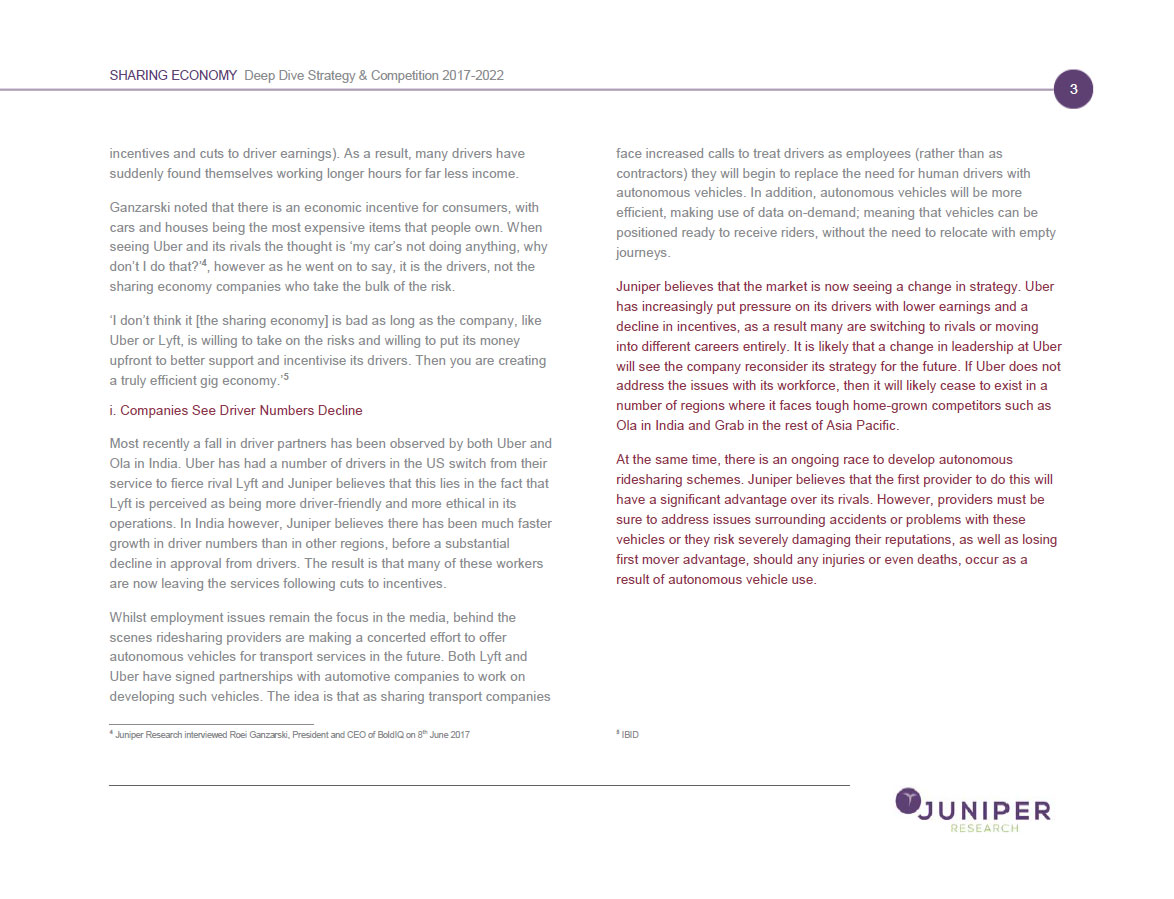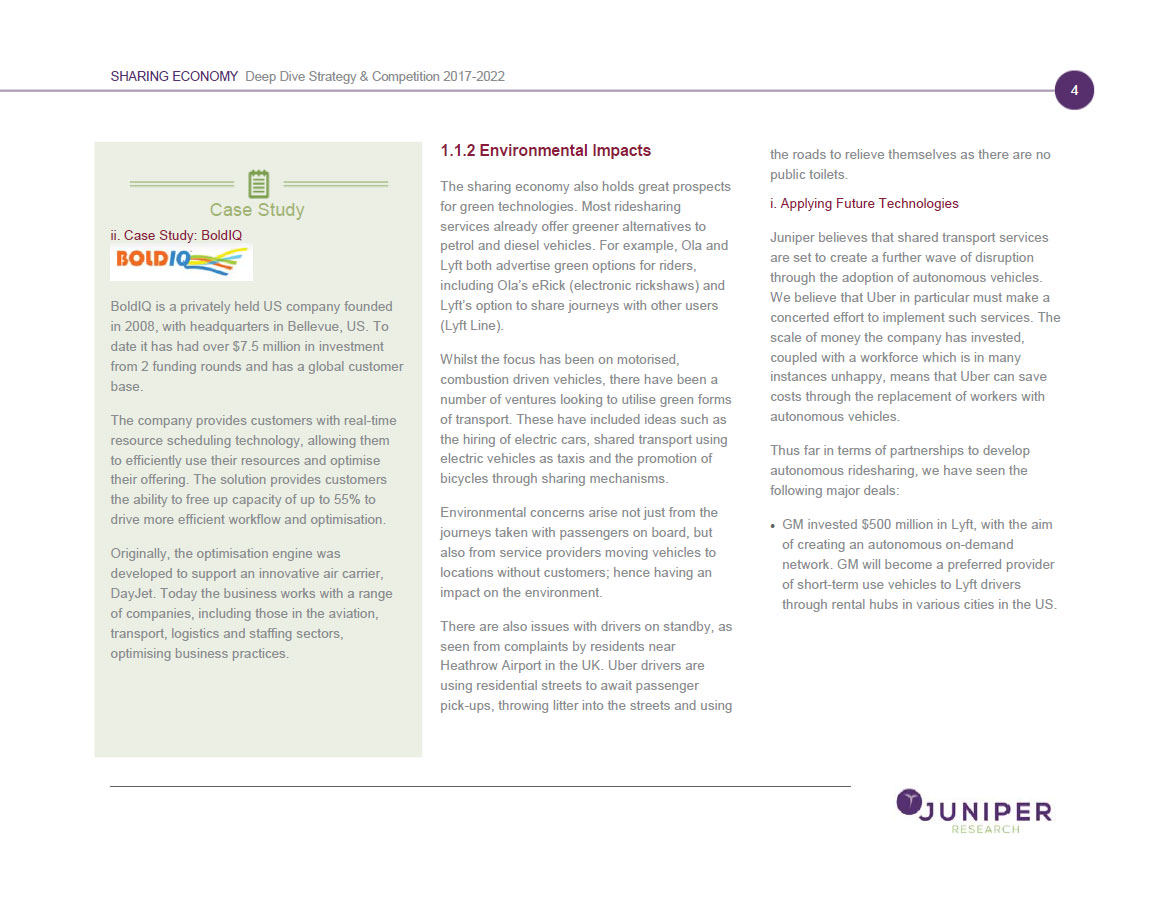November 8, 2017
In
Company News

2017 was an unprecedented year in technological advancements that continue to pave the way for a future full of smart cities
From drones and delivery bots becoming a reality, to the demise of traditional retail as people know it and the on-demand economy thriving – new consumer preferences are largely dictating what businesses and people will continue to see in 2018 and beyond.
While urban residents account for 54% of the global population in 2014, this is expected to increase nearly 2% each year through 2020 – meaning cities are challenged to address traffic issues, new forms of delivery, jobs, etc. In the trend towards the urbanisation of cities, technology stands as the only feasible way to make cities even more smart in 2018 and beyond.
In acknowledgment of these changes, BoldIQ, an optimisation software company building the backend framework for an IoT/smart cities-driven future, has presented what it think will drive smart cities getting smarter in 2018.
Amazon will have to find its competitive edge in 2018
It’s safe to say 2017 was Amazon’s year with its $13.7 billion acquisition of Whole Foods Market and plans to use futuristic technologies like drones and bots for everyday deliveries. Such great success has created a new competitive marketplace with competitors like Walmart and Target now one-upping each other or racing to meet the new consumer expectations of free and/or two-day delivery.
In response, this year Amazon will quickly need to find a way to differentiate themselves from the pack and offer something no one else currently does (or can) to regain their place at the top of the leaderboard in the New Year.
Introducing a new way to shop: Year-Round ‘buy and hold’:
As online sales surpass in-store sales each holiday shopping season, people will begin to see trial blazing retailers offer their customers the ability to purchase items any time of the year when the price is right for them – but ship It only when required during the holidays.
Essentially offering the opposite of two-day shipping, with the retailer providing the consumer with warehousing versus a holding facility somewhere across the US.
For retailers, this new approach provides a higher likelihood of purchase, increased consumer loyalty, and better predictability for deliveries during peak seasons. On the consumer side, this provides a more opportunistic shopping experience without the worry and hassle of finding somewhere to store the items before the big day.
This year, retailers will begin to implement a ‘buy and hold’ style purchasing option that can be applicable for anything from holiday shopping to future birthdays. Who knows, Amazon might even get creative on this front as one way to differentiate their services.
The demise of Brick-and-Mortar as you know it
Shopping malls and large retailers across America have been closing their doors over the past five years, leaving eerie vacant buildings ready for the next tenant to come in and transform it back to its newfound potential. And this will continue to happen into the New Year and beyond – except with a small twist. While the traditional brick-and-mortar store is starting to become a vision of the past, the use for these locations will switch to inventory retail stores. Think of how you shop online browsing through a retail showcase, but in-person.
As e-commerce stores become the new norm, these retail fronts will provide shoppers the same experience of going to the mall – allowing them to touch, feel, or try on anything in the store – and purchasing. But instead of taking home the item on the spot, consumers will have their items shipped directly to their doorstep. No more carrying bags and boxes around. No need to take a car to do shopping. But keep the shopping experience.
Drones and delivery bots are coming to a town near you
Between recent discussions by the FAA and White House to build ‘smarter’ cities, drones and bots may be coming to your doorstep sooner than you think. While countries like Switzerland and Rwanda have already jumped on the drone delivery bandwagon incorporating networks of drones into several industries like healthcare, the US is starting to fall behind.
In the coming year, expect to see more companies testing both delivery bots in metro cities that are more heavily populated and drones in rural areas which has less “distractions” when delivering. Backed by the added convenience for every consumer, who could deny incorporating ‘smart’ technologies into our daily lives?
The Gig-Economy bubble will begin to collapse
On-demand services, which are the foundation of the gig-economy, include anything from ride sharing to food delivery or laundry services, have become an everyday convenience within our society.
However, one aspect far overlooked is that companies in this industry are tapping into the same resources. Just think: every city taps the same pool of drivers for Uber and Lyft and the delivery people for GrubHub and Bite utilise both services to attain more jobs in one day.
As more on-demand services enter the scene, the resource pool which they can tap into stays the same – showing that the bubble is sure to collapse at any point if on-demand services don’t consolidate via M&A or dissolve all together.
In 2018, there will be the consolidation of companies within each vertical market – those that use their resources better, and offer superior customer service have the most to gain, while others can expect to become obsolete.
Intelligent smart technologies will beef up disaster recovery in 2018
With an unprecedented number of natural disasters this year, many companies will begin to overhaul their disaster recovery strategy and use smart technologies to optimise recovery efforts.
By using software that provides decisions based off of previous disaster data, companies will start to turn away from the ‘war room’ and rely on advanced technology to make life saving decisions in real-time.
In addition to using ‘smart’ technologies, states, organisations and individuals will turn towards applications that crowdsource recovery efforts to formulate the best plan when they are forced to expect the unexpected.
Click to read the full write up on Information Age







